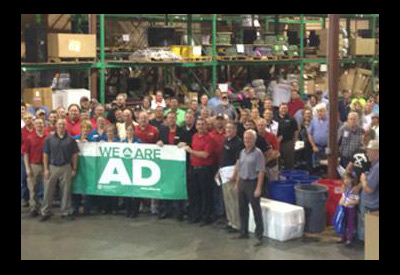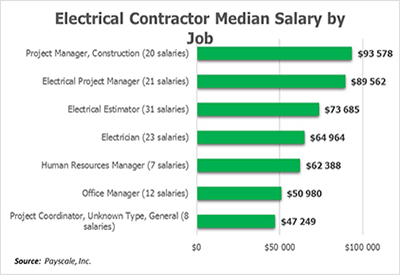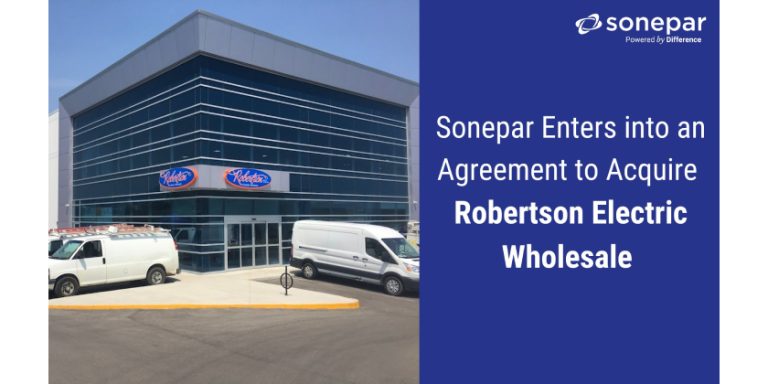Guide to the Canadian Electrical Code, Part 1, 25th Edition– A Road Map: Section 70

September 8, 2022
By William (Bill) Burr
The Code is a comprehensive document. Sometimes it can seem quite daunting to find the information you need quickly. This series of articles provides a guide to help users find their way through this critical document. These articles do not intend to replace the notes in Appendix B or the explanations of individual requirements contained in the CEC Handbook* but hopefully provide help to navigate the Code.
Section 70 — Electrical requirements for factory-built relocatable structures and non-relocatable structures – 25th Edition
(The 25th Edition of the CE-C, Part I, (C22.1-21)* is available from CSA Group. This discussion of Section 70 is based on that edition.)
Rule 70-000 notes that this is a supplementary or amendatory section of the code and applies to the electrical installation of factory-built, relocatable, and non-relocatable structures including mobile homes, mobile commercial and industrial structures, factory-built residential housing, and factory-built commercial and industrial structures. These Rules do not apply to recreational vehicles covered by the CSA Z240 RV Series.
Section 70 is divided into 2 parts – Relocatable structures and non-relocatable structures.
Relocatable structures
Rules 70-100 to 70-130 apply to factory-built relocatable structures that are towable on their own chassis and include mobile homes and mobile commercial and industrial structures.
Rule 70-100 requires that all electrical equipment in these structures be suitable for the application and comply with the standards listed in Appendix A.
Rules 70-102 and 70-104 provide for the method of connection of homes and structures to the supply circuit. Subrule 2) of Rule 70-102 requires that mobile homes only be connected directly to an overhead or underground supply unless special permission is obtained to use a different method.
Rule 70-106 provides for the method of connection of communication service for homes and structures.
Rules 70-108 to 70-112 provide for the method of connection for a power supply cord or cord set, disconnecting means, main overcurrent protection, and location of service or distribution equipment for mobile homes and structures. Where a suitable grounding-type attachment plug is used in an application covered by Section 8, the plug shall have an ampere rating not less than that of the insulated service conductor ampacity required in Section 8.
Rules 70-114 to 70-124 outline general wiring methods for homes and structures and specifically for swing-out and expandable room sections and multiple-section mobile units, including branch circuits, receptacles, switches, luminaires, and ventilating fans.
Rule 70-126 provides requirements for bonding and bonding to ground of mobile homes and structures in accordance with Section 10.
Rule 70-128 requires that units connected to the main power supply be marked in accordance with Rule 2-100, and, for multiple-section mobile homes or structures:
- each section be suitably, and permanently marked to identify the other sections to be used, and
- instructions be provided to indicate the interconnections necessary to complete the installation.
Rule 70-130 specifies the tests and procedures that the manufacturer must conduct on complete assemblies at the factory and includes:
- continuity testing of all circuits including grounding or bonding circuits,
- insulation resistance testing between live parts and ground at the completion of a 1-minute application of a 500 V dc test voltage, or
- an ac dielectric strength test, with an ac voltage of 900 V applied for 1 min (or 1080 V for 1 s) between all live parts and non-current-carrying metal parts without breakdown occurring.
Non-relocatable Structures
Rules 70-200 to 70-204 apply to general wiring methods; connection to overhead and underground supply; and service and distribution equipment of factory-built non-relocatable houses and structures, and include that Rules 70-100, 70-112, 70-114, 70-118, and 70-122 to 70-130 also apply to non-relocatable structures.















